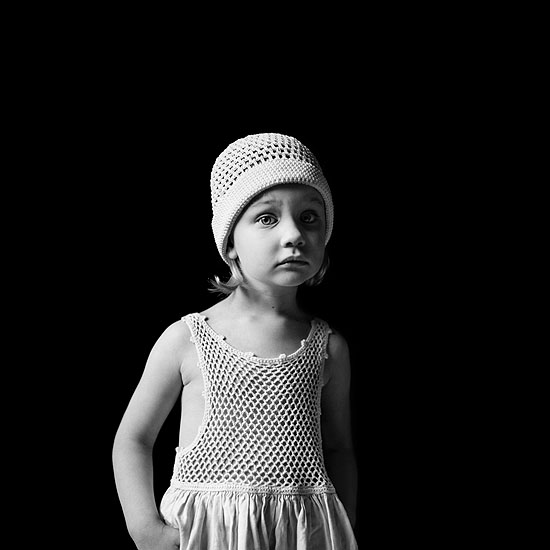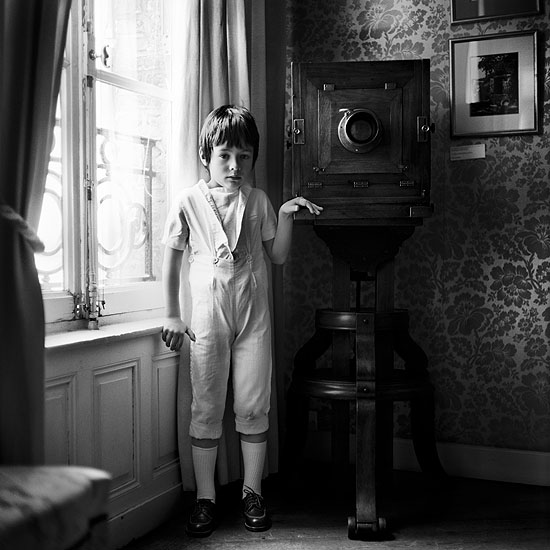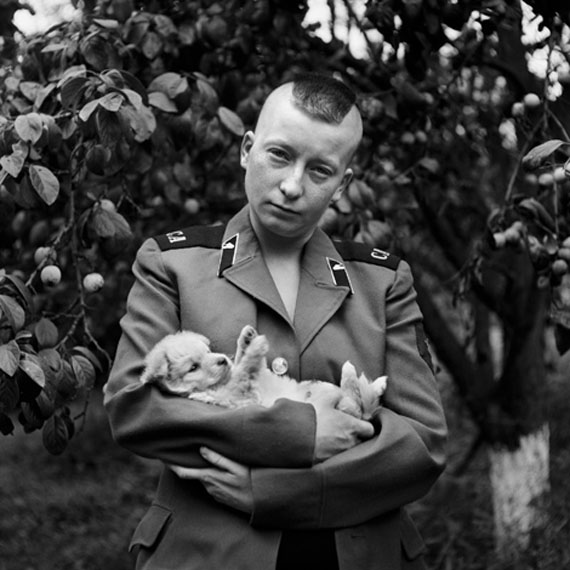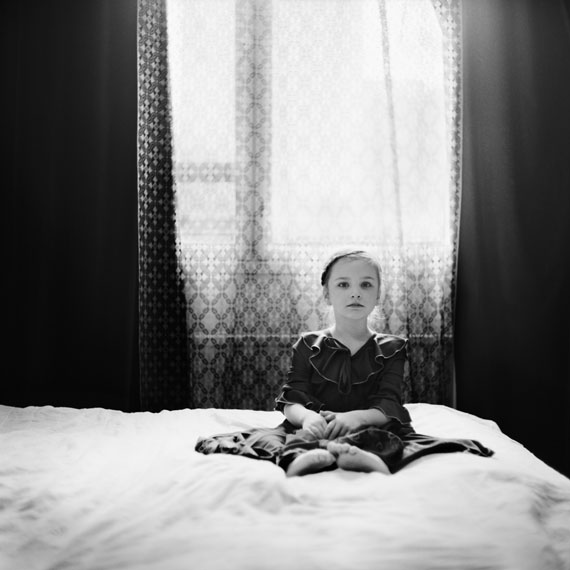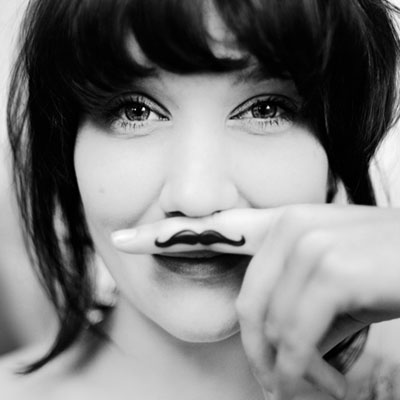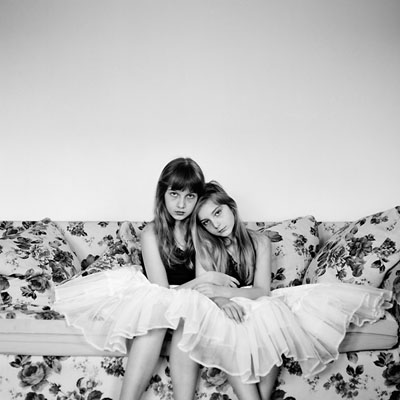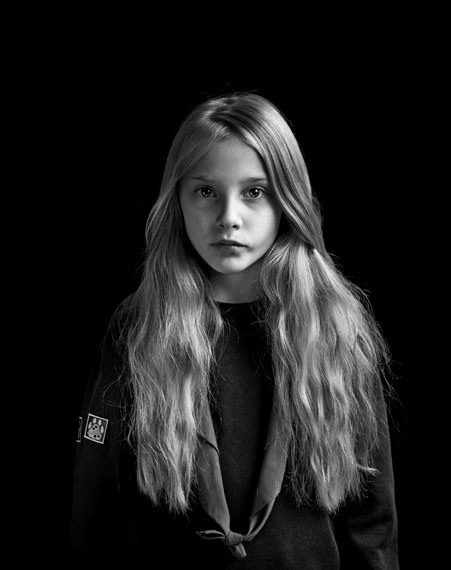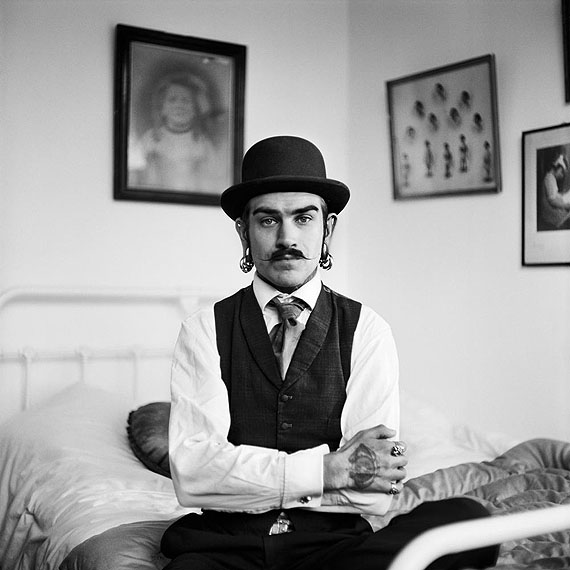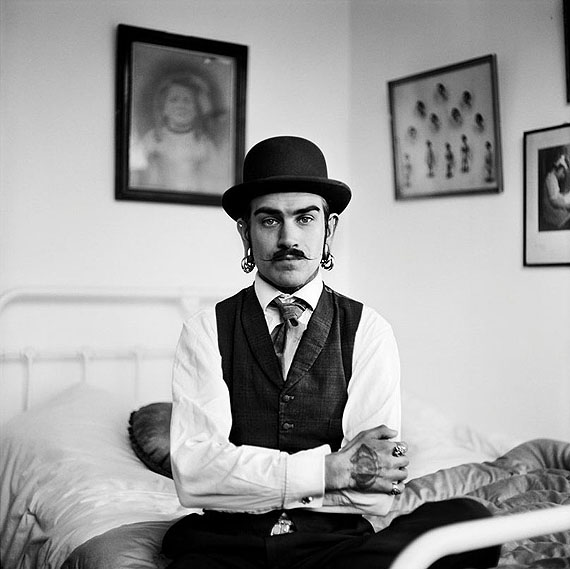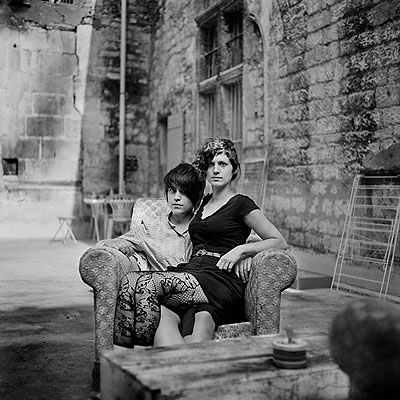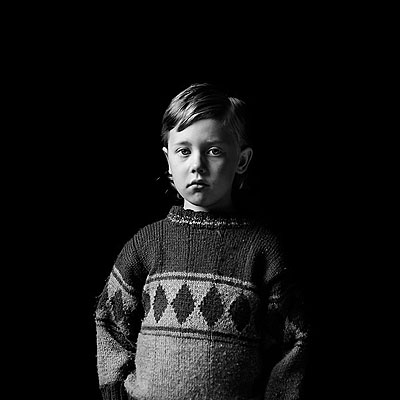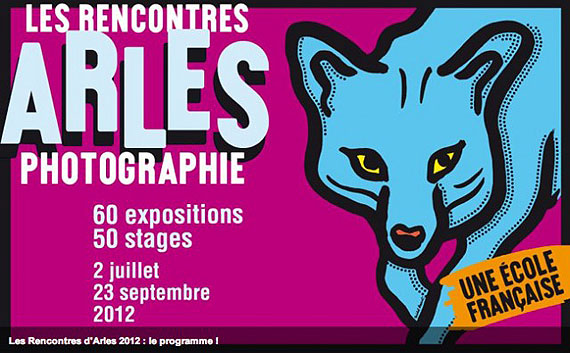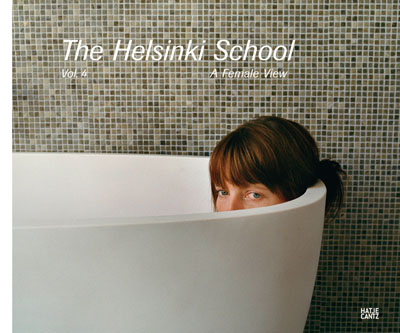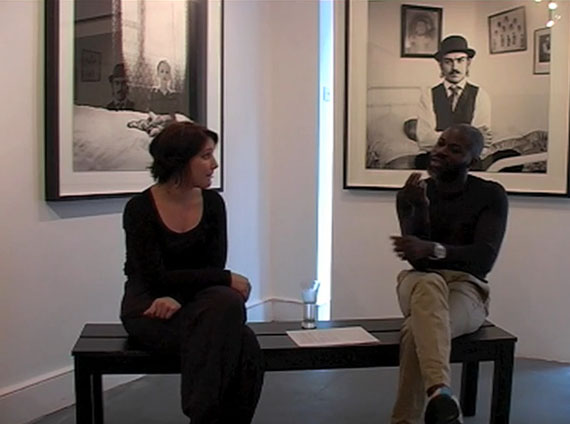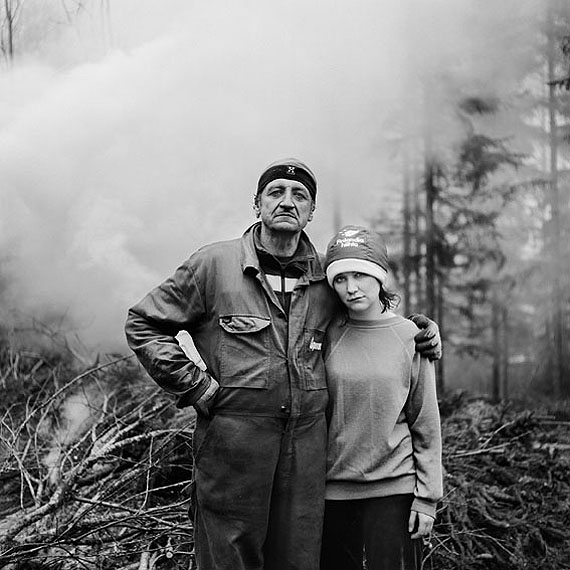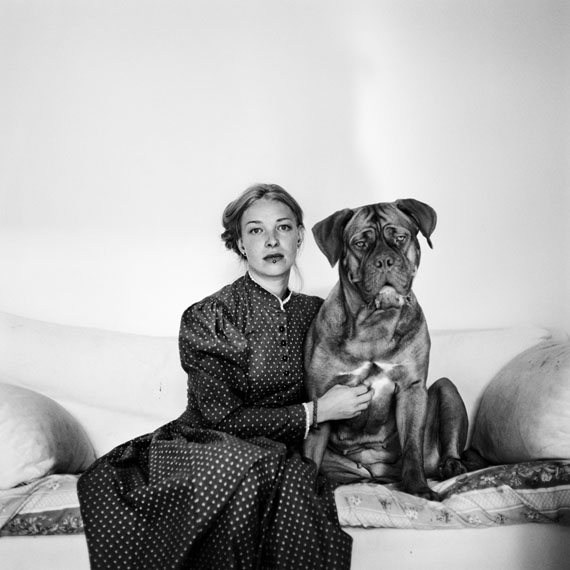Contacts for the work of Nelli Palomäki |
|---|
News of Nelli Palomäki |
|---|
Nelli PalomäkiBreathing the Same Air Hatje Cantz Verlag GmbH, February 20131 May – 1 May 2013Nelli Palomäkianother important representative of the Helsinki SchoolFinnish photographer Nelli Palomäki (*1981) searches for the lost magic that was once inherent in photography in the days when having your portrait taken was something special. Palomäki’s timeless black-andwhite portraits of children and young adults reveal the fragility of the moment shared with her subject. Her photographs deal with growing up, memory, and mortality. In the ar… Nelli PalomäkiBreathing the Same Air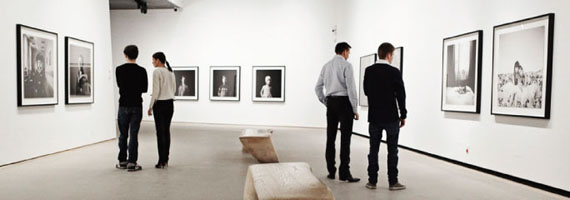 Ordrupgaard Museum, Charlottenlund, DK |
Biography of Nelli Palomäki |
|---|
Born 1981 in Forssa, Finland Lives and works in Isnäs, Finland Education 2011 London College of Communication, Photography, MA, Victor Fellowship Grant 2008– University of Art and Design Helsinki, Photography, MA 2004–2008 Arts Academy at Turku University of Applied Sciences, BA in photography Works in collections Helsinki City Art Museum, Finland Hasselblad Foundation, Sweden Musée de l'Elysée, Switzerland StatoilHydro Art Collection, Norway The Finnish Art Association, Finland The Paulo Foundation, Finland Private Collections Residencies 2010 Pole image Haute-Normandie, Rouen, France Grants 2012 Patricia Seppälä Foundation 2012 Finnish Cultural Foundation 2011 Finnish Cultural Foundation 2011 Arts Council of Finland 2011 Finnfoto ry 2010 Hasselblad Foundation 2010 Arts Council of Finland 2009 Finnfoto ry 2009 The Paulo Foundation 2008 Finnish Cultural Foundation, Varsinais-Suomi Regional Fund 2007 Finnfoto ry 2007 TOP-Foundation 2004 Väinö Voionmaa Fund Awards and nominations 2012 Les Rencontres d’Arles, Discovery Award, nominated artist 2011 Paul Huf award, nominated artist 2010 Victor Fellowship, Hasselblad Foundation, winner 2010 reGeneration2–Tomorrow's photographers today, selected artist 2010 Sony World Photography Awards, 2nd place in fine art/portraiture 2010 EMMA Prize 2010, finalist Publications and articles 2012 Black+White Photography Magazine, cover and interview, Issue 134 2011 The Helsinki School, Vol IV, A Female View, Hatje Cantz 2011 2011 ZOOM, New talent special issue, ISSN: 0393-4330, pages 52–55 2011 Alice in Wonderland, The Finnish Museum of Photography 2011 2011 Muze, April–June 2011, ISSN: 1768-6563, page 22 2010 reGeneration2 - Tomorrow’s Photographers Today, Thames & Hudson 2010 2010 reGeneration2 - Tomorrow’s Photographers Today, Aperture, 2010 2010 Daegu Photo Biennale 2010 – The Helsinki School 2010 Descubrimientos 2010, PHotoEspana, PHE Books 2010 2010 FOTO, 12/2010, Främlingar i Sovrummet, pages 8–17 2010 Exit, 10 years special issue: About ten, ISSN: 1577-272-1, pages 132–133 2010 On Display :, Hasselblad Foundation 2010 2010 British Journal of Photography, July 2010, Issue No 7778, ISSN: 0007-1196, page 43 2010 Next Level, Helsinki Issue, ISSN 1476-4369, page 79 2009 Elsa and Viola, The Paulo Foundation publication 2009 |
Texts about Nelli Palomäki |
|---|
Andrea Holzherr from the book The Helsinki School - A Female View Nelli Palomäki Since the invention of the camera and its subsequent popularization, portraiture has been one of the main subjects in photography. A number of the most famous photographers in the history of photography have taken portraiture as their main subject, some choosing their subjects, and others commercializing their skills through commissions. Nelli Palomäki belongs to the first cate… (more) Andrea Holzherr from the book The Helsinki School - A Female View Nelli Palomäki Since the invention of the camera and its subsequent popularization, portraiture has been one of the main subjects in photography. A number of the most famous photographers in the history of photography have taken portraiture as their main subject, some choosing their subjects, and others commercializing their skills through commissions. Nelli Palomäki belongs to the first category, she is among those photographers, like Diane Arbus, who carefully look for and choose the people that they then portray. The reference to Diane Arbus is not arbitrary. Even though her results are very different, Palomäki shares Diane Arbus’s peculiar ability to choose her subjects with discerning certainty. It is this clairvoyance in her selection of subjects that makes her work so magical. “My pictures force me to go close to people,” Nelli Palomäki says in her personal statement. In order to do her photographs, she has to look for people, observe them, and imagine them in the viewfinder of her camera. It is a long and delicate process which involves finding, observing, connecting to, convincing, and finally photographing the chosen person. The process and ensuing relationship can break down at any moment. Perhaps it is the fragility of the connection between the photographer and her subject that confers a certain delicate and mysterious beauty to Palomäki’s photographs. If it wasn’t for Nelli Palomäki, these people wouldn’t be in those frames, in these postures, and with these expressions. Their beauty, discovered and displayed by the photographer, would remain unnoticed. 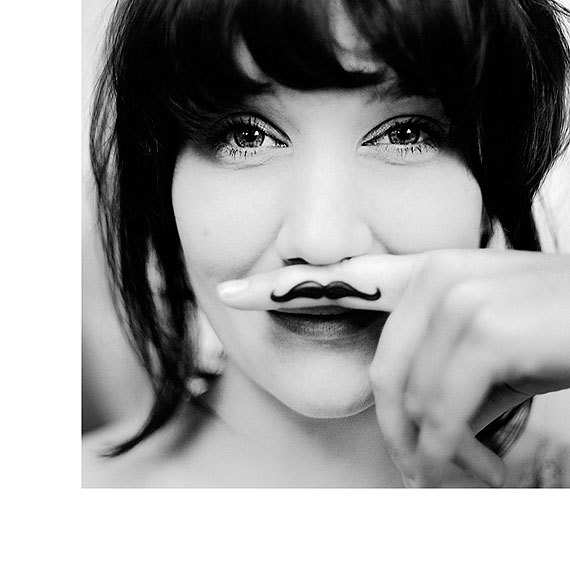 Artist Statement . I almost never carry my camera with me. Sometimes its presence even haunts me. It’s more fun to view the environment without the pressure of photographing it. Running children with an angry mother after them, a big cockroach crossing the ship’s deck, a lonely man with a sleeping bag under his arm and a family playing cards together. Do they notice me? I imagine where people are going and how they live. An old woman must be lonely and that’… (more) Artist Statement . I almost never carry my camera with me. Sometimes its presence even haunts me. It’s more fun to view the environment without the pressure of photographing it. Running children with an angry mother after them, a big cockroach crossing the ship’s deck, a lonely man with a sleeping bag under his arm and a family playing cards together. Do they notice me? I imagine where people are going and how they live. An old woman must be lonely and that’s why she’s carrying a big bag of doughnuts, only to lie about coming visitors. A man walks to his hangout bar every day to sit and watch people without saying a word to anyone. It would be romantic to think that he must be a writer, but probably he’s just a lonely man. A child dangles a cat from its tail without anyone telling the child not to. A fashionable woman in the perfume department looks at me with contempt, I feel like laughing. - I sit in the tram and follow two little girls. They look remarkably alike. Although the girls are playing together, they have sad looks on their faces. Even the greatest laugh will not change the seriousness of the faces. The girls stay in my thoughts for a long time. After a few months, I see them again, this time with their mother. I end up taking a portrait of Elsa and Viola in their home. I stuff the girls in one big tulle dress to keep them as close to each other as possible for a longer time. The girls sit seriously next to each other and look the same as they did months before. I’m amused by their seriousness, at the same time there is something sad about it. - The way people act in front of camera, is truly fascinating. Desperately searching for their mirror-face which only exist in their mind. Everyone is aware of their better side and even more aware of their flaws, unsuccessfully hiding them. But they can recognize the same thing in me, realizing this makes me really insecure and nervous. This makes the portraiture, the actual moment of taking the image, really extraordinary. Accepting the fact that we are there as we really exist, with our good and bad features, makes it suddenly quite comfortable. - I search for the perfect picture, but it escapes. In the end, a portrait is always different from what I expected. Other pictures surprise me with their strength, others merely disappoint me. Disappointment, however, motivates me to continue. Excitement after each shoot is always as great, the fear of failure always as fascinating. I sit in the tram and study new negatives. Against the window they look successful. But I know the pictures will end up different than I expect. Something has changed. Perhaps the person’s eyes are just about to close, a child has moved or there is a trace of an irritating artificial smile. A picture planned beforehand changes through coincidence and surprises and escapes from the photographer. If I succeeded in taking the perfect picture, I would hardly continue shooting.� |
